Similar to previous Minecraft updates, the imminent 1.21 update doesn't just bring in fresh mobs and blocks; it also introduces new items. Some are essential for crafting, while others serve distinct functions. Among these unique items is the trial key, exclusively obtainable within the Trial Chambers. This guide focuses entirely on this particular item, providing comprehensive information on acquiring it. Without delay, let's delve into how to obtain the trial key in Minecraft 1.21.
What is the Trial Key in Minecraft 1.21
The trial key, a newly introduced item in Minecraft's 1.21 update, resembles a copper key with a haunting dark blue skull serving as its handle. As this update is currently undergoing beta testing, the exact functions of this item remain undisclosed.
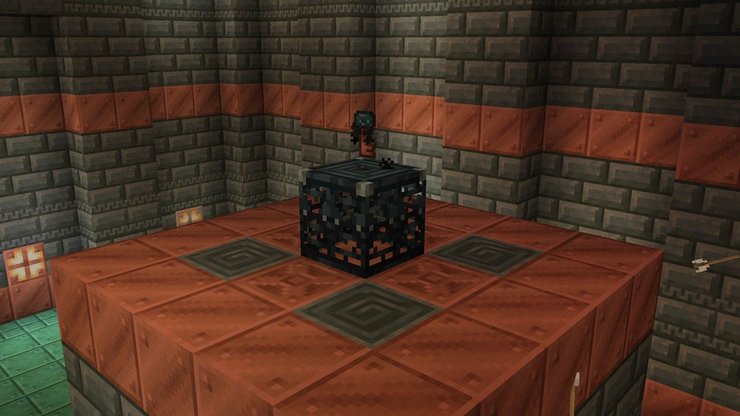
There's speculation that its relevance might relate to the copper doors, which presently function similarly to other non-iron doors. However, its potential purpose could be confined solely within the Trial Chamber, the exclusive location where it can be obtained (further details below). Rest assured, we'll continuously update this guide to promptly inform you about any newly released information concerning the trial key's functionalities.
Where to Find the Trial Key in Minecraft
The trial key exclusively spawns within the Trial Chambers, a structure that appears near the deepslate layer.
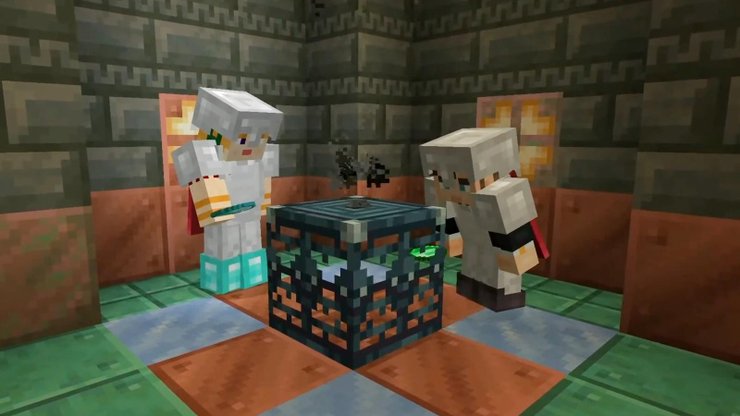
This rare trial key can be obtained from various sources within this subterranean structure. These sources include a chest positioned near the entrance (with a 6.8% likelihood), adorned pots scattered along the corridor (with a 3.6% probability), and as a reward upon successfully completing the trial spawner's challenge (with a 50% chance).
What is the Trial Spawner?
The trial spawner is a unique type of spawner that summons a limited number of mobs based on the number of players engaged in the battle. In a single-player world, each trial spawner will generate six mobs at once. Initially, two mobs will materialize, and upon defeating one, another will appear. If two mobs are eliminated simultaneously, the spawner will then generate two more.
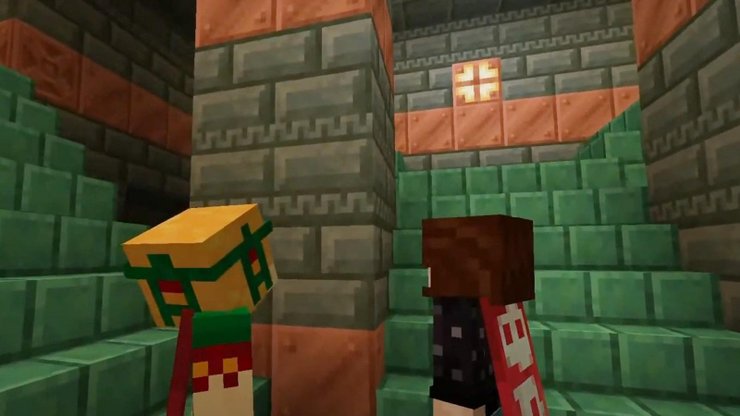
In essence, you'll typically contend with two mobs from a trial spawner, except when you've dispatched five of them, leaving the sixth and final mob. Once all spawned mobs are vanquished, the trial spawner enters a 30-minute cooldown phase, refraining from summoning any mobs during this period. However, after this cooldown, it'll be primed to present another challenge. Additionally, it rewards players with valuable items, including the sought-after trial key you seek.
The trial spawner in the game summons mobs from four distinct categories. Within each Trial Chamber, mobs belong to the melee, small melee, ranged, and Breeze categories, each associated with specific blocks surrounding the spawner. Hence, the mobs that the trial spawner can summon and their corresponding blocks are as follows:
Melee
- Zombie (mossy cobblestone)
- Husk (chiseled sandstone)
- Slime (moss block)
Small Melee
- Silverfish (stone bricks)
- Baby Zombie (cobblestone and mossy cobblestone)
- Spider (stone and cobweb on top)
- Cave Spider (stone and cobweb on top and podzol with a red mushroom)
Ranged
- Stray (packed ice)
- Skeleton (bone block)
- Skeleton with Poison Tipped Arrow (bone block and podzol with a red mushroom)
Breeze
- (chiseled tuff)
Additionally, each Trial Chamber is equipped with trial spawners dedicated to a single mob within each category. For instance, discovering a structure with the initial trial spawner summoning skeletons implies that all ranged mobs within that structure will exclusively be skeletons. Consequently, encountering different ranged mobs becomes impossible.
In summary, one Trial Chamber may produce skeletons, zombies, and silverfish, while another might generate strays, husks, and spiders. This rule, however, does not apply to the Breeze spawners, as every Trial Chamber invariably includes these spawners scattered throughout.
What Is a Trial Chamber in Minecraft
The trial chamber, an underground construction, showcases a range of sizes and challenges, designed to offer players distinctive and thrilling combat experiences. What sets this structure apart is its visual style, unlike anything previously seen in the game. Comprising procedurally generated rooms interconnected by tunnels, staircases, and a central corridor, these passages occasionally culminate in dead ends, reminiscent of strongholds.
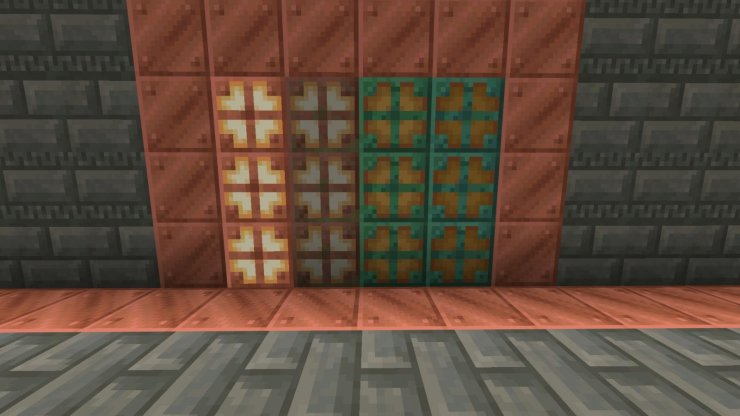
The central corridor, a spacious tunnel within the structure, branches out to various rooms across multiple Y levels, easily discernible by the substantial pillars lining its sides. Filled with traps, hazards, provisions, and treasure chests, the chamber introduces numerous entirely new blocks within its architecture.
All the Blocks Found in Trial Chambers
- Chiseled Copper
- Copper Grate
- Copper Door
- Copper Trapdoor
- Copper Bulb
- Tuff Slab
- Tuff Stairs
- Tuff Wall
- Chiseled Tuff
- Polished Tuff
- Polished Tuff Slab
- Polished Tuff Stairs
- Polished Tuff Wall
- Tuff Bricks
- Tuff Brick Slab
- Tuff Brick Stairs
- Tuff Brick Wall
- Chiseled Tuff Bricks
The various stages of oxidation in copper block variants open up numerous opportunities for building and creative endeavors. Instead of traditional light sources like torches or lanterns, trial chambers utilize a novel lighting method named Copper Bulbs. These specialized blocks emit light corresponding to their oxidation state. A fully oxidized bulb emits the lowest light level.

Copper bulbs come in different stages and states of oxidation. When in the initial stage, displaying a complete orange hue, they emit the highest light level of 15. Similar to other copper blocks, you can remove oxidation with an axe, reverting the copper bulb to a previous stage. Additionally, applying wax to this block preserves its state and emitted light level. Furthermore, these unique lamps respond to a redstone signal, allowing them to be turned on and off.
Essentially, simply deactivating the power source connected to the copper bulb isn't sufficient to turn it off. To switch it off, you must reactivate the power source, interrupting the power supply to the bulb.
The Breeze
The Breeze possesses a unique ranged assault known as the wind charge. Upon impact with an entity, this projectile inflicts minor damage. Following the collision, the wind charge generates a forceful burst of wind, forcefully pushing back nearby entities by several blocks.
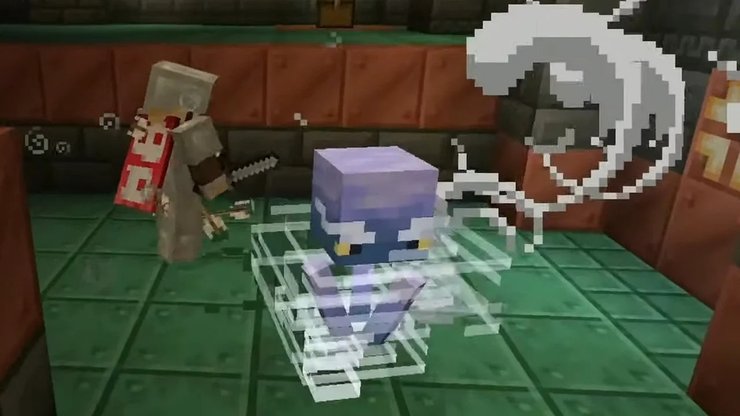
Moreover, this distinctive attack holds the ability to interact with specific blocks, including levers, buttons, bells, fence gates, lit candles (extinguishing them), and non-iron doors and trapdoors. Consequently, dealing with the Breeze becomes more challenging, particularly within trial chamber rooms that incorporate trapdoor areas on the floor, potentially trapping players.
>>> Read more: Everything To Know About The Armadillo In Minecraft 1.21
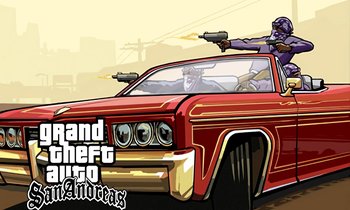

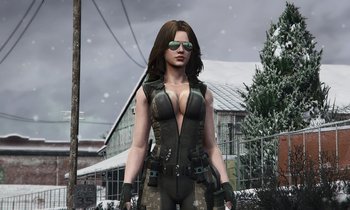
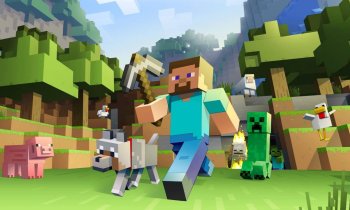






Comments